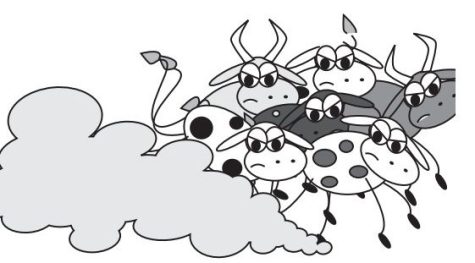Opinion: Meanwhile, wild fires are raging out west
September 24, 2021
Throughout the past years, wildfires in California have increased in number with no sign of stopping anytime soon. Though the details may be vague for most, the consequences on humanity are not.
Stated from California’s Department of Forestry and Fire Protection, from 601,635 acres in 2013 to 2,295,662 and counting as of 2021, California has hit a series of never-ending flames in a heat-wave of climate change at an alarming rate.
As of right now, active fires include the Dixie fire and Fawn fire. By far, the Dixie fire has been one of the biggest fires California has faced, taking 2nd place right under the August Complex fire in 2020 with more than 900,000 acres burned. The biggest fires, happening one after the other.
According to the Los Angeles Times on 15th of September, 2020, of all the years of wildfires, 2020 holds the record for the most incidents. “With fire season still beginning, 2020 has already shattered the all-time record with 3.2 million acres burned so far.” 2020 ended with more than 3 million acres burned. This year has already taken more than 2 million.
The wildfires have closed down national parks, left people hopeless, and inspired chaos. Scientists in California have linked most of the ongoing flames to human-made climate change.
Since 1750, humans have increased the amount of carbon dioxide by almost 50 percent. David Herring, author and researcher for Climate.gov, states that humans are now using “an estimated 9.5 billion metric tons of carbon into the atmosphere” every year by burning fossil fuels.
There’s also the “1.5 billion [tons of carbon] through deforestation and other land cover changes.” Because carbon dioxide is able to trap and absorb heat in the atmosphere, it can cause heat-waves and dry air which can easily light fires.
It’s a good thing carbon emissions and other greenhouse gases are easy to reduce. Simply turning off lights when not in use or unplugging devices when not needed are basic ways to help reduce the amount of electricity and energy used in our daily lives.
To generate electricity, power plants generate coal, oil and other fossil fuels that end up emitting byproducts like carbon dioxide, sulfur dioxide and nitrogen oxides. According to Saveonenergy , a website dedicated to helping customers find environmentally friendly products, “When carbon dioxide is released into the air, it absorbs the sun’s warmth and keeps heat in our atmosphere.” Carbon dioxide is a key factor in global warming. By reducing the amount of electricity we use, we can reduce the amount of Co2 in the air.
Keeping a reusable water bottle instead of buying many plastic bottles helps reduce the use of plastic, saving money and the environment. When getting rid of plastic, greenhouse gases are emitted into the air including carbon dioxide.
Donating old clothes and objects instead of straight up throwing them away makes it better for others and the environment. When reducing carbon emissions is incorporated into daily life, donating to organizations that help California and their people is also another effective way of slowing the flame.
Thankfully, with the help of the American Red Cross, Salvation Army, the California Disaster and Information center and more organizations, California is being helped with shelter, food and other needs people have lost.
There are many ways to help: donating food, clothes and hosting fundraisers are some of the many choices to choose from. The American Red Cross also helps with providing shelters, emotional help and natural resources to people in need. By visiting their website and checking out their donation center, you can make a difference.
Though climate change might not seem real, it’s here.
Although it doesn’t seem to be affecting us at East, it is.
As Saints, there are many things we can do to reduce the risks and help others affected by the California wildfires.



